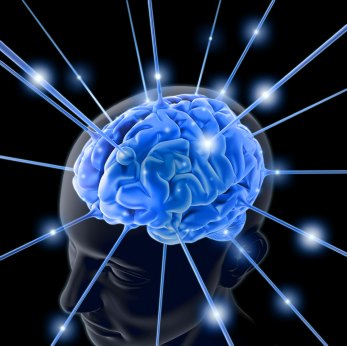The larger cortex, brain more intelligent?
Why are some people smarter than others? In a new article in Current Directions in Psychological Science, Eduardo Mercado, a researcher from the Psychological Science Association of New York State University in Buffalo, described certain aspects of brain structure that will determine how well each person is capable of learning, as well as show how the ability to learn contributes to our level of intelligence.
Cognitive elasticity is the ability to learn and improve cognitive skills such as problem solving and event memorization. Mercado argues that the structural basis of cognitive contraction is cortical tissue. Cortical tissue is a group of interconnected neurons that are lined up vertically. In different areas of the cerebral cortex, these groups have different numbers and levels of neurons. Determining how these cortical tissues help us learn cognitive skills will help explain why this ability has a transformation over time - in other words, why each person is able to different learning abilities and why the ability to learn new skills changes with the age of people.
 (Photo: spacesuityoga.files.wordpress.com)
(Photo: spacesuityoga.files.wordpress.com)
Studies on a number of species show that, the larger the cortex, the higher the intellectual capacity. The origin of this relationship has not been clearly explained, but Mercado believes that the wider the cortex, the more space there is to allocate cortical tissues. ' In other words, Mercado said that when it comes to intellectual potential, what's important is not the absolute or relative size, but the number of cortical tissues (with different types of neurons). These cortical and structural features will determine how well our brains recognize events. It is the ability to distinguish events that helps us learn cognitive skills.
Another conclusion drawn from research is that experience can also play an important role as genetics in determining intellectual ability.In particular, changes in the structure of cortical tissue caused by natural experience and development can also contribute to the differences in individual intelligence. Because these neuron systems develop over time, they become more diverse, leading to an increase in cognitive elasticity.
This study has important implications for improving teaching techniques and can provide new recovery methods for brain-damaged patients. In addition, understanding how cortical tissues work can also lead to new ways to increase intelligence. However, Mercado warned that 'new techniques increase cognitive elasticity with moral concerns, similar to the use of doping in sports.'
- Brain area helps to shape people
- Why do people have different intelligence?
- 10 strange things of the brain
- Children born with big heads will have an extremely intelligent and successful future
- The boy has lost 1/6 of his brain, after 3 years he still lives normally without knowing anything
- Detect the cortex to control guilt
- Birth control pills can cause brain atrophy?
- The study successfully created artificial cerebellum
- Discover how wrinkles form through 3D printed brain
- People are happy to talk about themselves
- See the brain when the soul leaves the body
- Human brains are harder to be intelligent
 'Fine laughs' - Scary and painful torture in ancient times
'Fine laughs' - Scary and painful torture in ancient times The sequence of numbers 142857 of the Egyptian pyramids is known as the strangest number in the world - Why?
The sequence of numbers 142857 of the Egyptian pyramids is known as the strangest number in the world - Why? History of the iron
History of the iron What is alum?
What is alum?